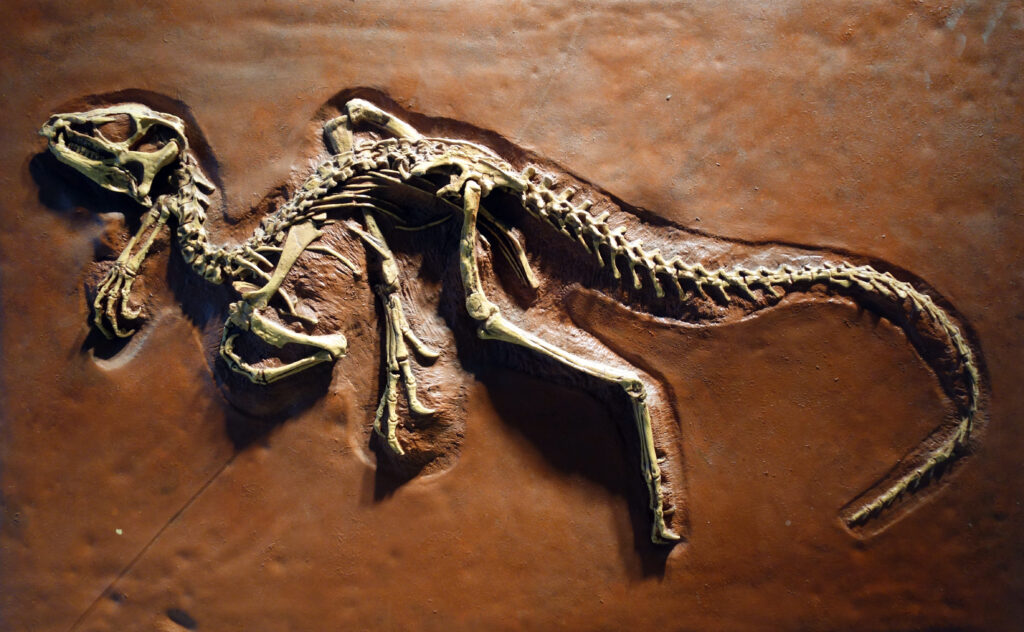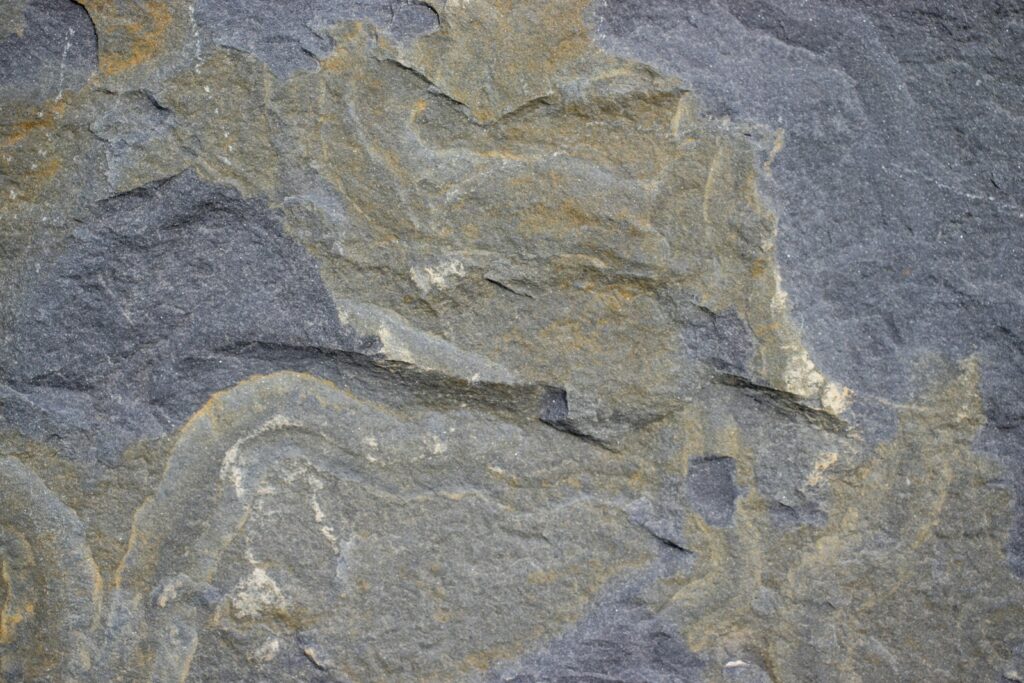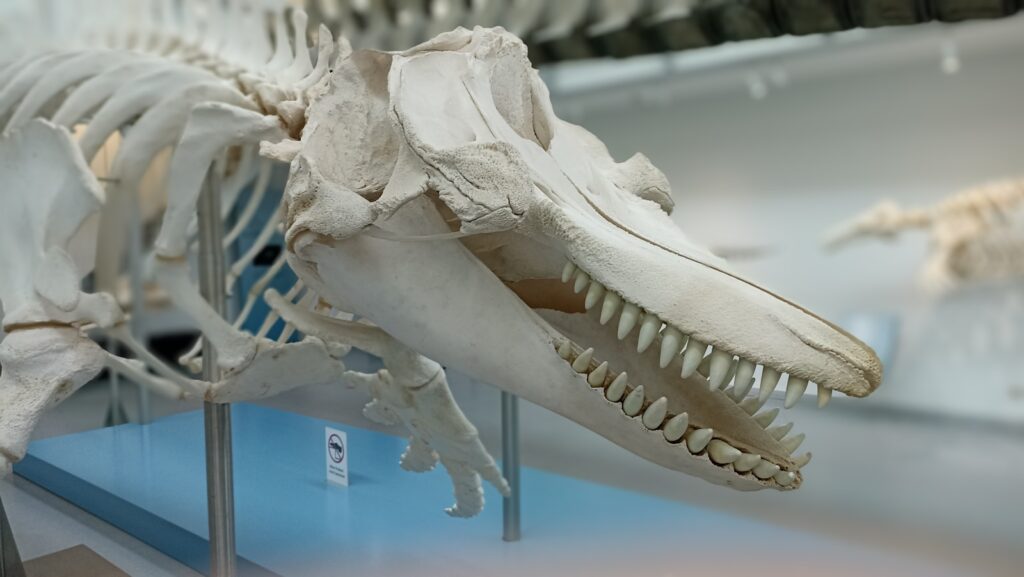The mysterious world of dinosaurs has captivated human imagination ever since the first fossils were discovered. These magnificent creatures that ruled Earth for over 165 million years have been the subject of countless scientific studies and popular media. Documentaries, in particular, offer a window into prehistoric times, combining scientific accuracy with stunning visuals to transport viewers millions of years into the past. From groundbreaking CGI recreations to insightful explorations of paleontological discoveries, dinosaur documentaries continue to evolve with our understanding of these ancient beasts. This article explores some of the most exceptional dinosaur documentaries that have educated and entertained audiences while bringing the Mesozoic era vividly to life.
Walking with Dinosaurs (1999)

BBC’s “Walking with Dinosaurs” revolutionized the dinosaur documentary genre when it premiered in 1999, setting a new standard for prehistoric visualization. Using cutting-edge computer animation and animatronics, the six-part series presented dinosaurs as living, breathing animals rather than movie monsters or museum exhibits. The documentary followed the format of traditional wildlife programming, with Kenneth Branagh’s authoritative narration guiding viewers through different periods of the Mesozoic era. What made this documentary particularly groundbreaking was its attention to scientific detail – from the behavior of the dinosaurs to the ancient landscapes they inhabited. Though some of the science has been updated since its release, “Walking with Dinosaurs” remains influential for its pioneering approach to bringing prehistoric life to mainstream audiences.
Planet Dinosaur (2011)

As a spiritual successor to “Walking with Dinosaurs,” BBC’s “Planet Dinosaur” incorporated a decade of new paleontological discoveries into its narrative. This six-part documentary, narrated by John Hurt, showcased dinosaurs that weren’t even known to science when its predecessor aired. The series paid particular attention to explaining the evidence behind each recreation, often showing fossil discoveries and explaining the scientific reasoning behind specific behaviors or physical attributes depicted. The CGI, while not revolutionary by 2011 standards, effectively portrayed newly discovered feathered dinosaurs and other recent findings. “Planet Dinosaur” struck an excellent balance between entertainment and educational content, making complex paleontological concepts accessible to general audiences while maintaining scientific integrity.
Dinosaur Revolution (2011)

Discovery Channel’s “Dinosaur Revolution” took a decidedly different approach to the dinosaur documentary format, emphasizing narrative storytelling over traditional documentary presentation. Originally conceived as an animated series, the project evolved into a four-part documentary that followed the lives of individual dinosaurs with minimal narration. This character-driven approach humanized the prehistoric creatures in ways previous documentaries hadn’t attempted, showing complex behaviors like parenting, hunting strategies, and intraspecies competition. The animation style was distinctive, combining realistic movement with occasionally stylized visuals that helped convey emotional states. While some paleontologists criticized certain creative liberties, many praised the documentary for its engaging approach to prehistoric storytelling and its incorporation of recent scientific findings regarding dinosaur behavior and appearance.
When Dinosaurs Roamed America (2001)

Discovery Channel’s “When Dinosaurs Roamed America” focused specifically on dinosaur species that lived in North America, providing a regional perspective often overlooked in more globally-oriented documentaries. Narrated by John Goodman, this documentary traced the evolution of dinosaurs across different time periods exclusively within the changing landscapes of the American continent. The program was particularly notable for its cutting-edge CGI at the time, which integrated the animated dinosaurs seamlessly with real-world American landscapes. What made this documentary especially valuable was its focus on lesser-known North American species that hadn’t received much attention in previous mainstream dinosaur programming. The documentary also excelled at explaining how paleontologists use fossil evidence to determine not just appearance but also behavior patterns of extinct species.
Dinosaurs: Giants of Patagonia (2007)

This IMAX documentary narrated by Donald Sutherland took full advantage of the large-format screen to showcase the immense scale of some of history’s largest dinosaurs discovered in the Patagonia region of Argentina. “Giants of Patagonia” follows paleontologist Rodolfo Coria as he explains his discoveries of massive sauropods like Argentinosaurus and fearsome predators like Giganotosaurus, both among the largest of their kind ever found. The documentary’s IMAX format created an immersive experience that conveyed the truly staggering size of these creatures better than any standard documentary could achieve. Beyond just showcasing size, the film provided valuable context about the unique ecosystems of Cretaceous South America and how they differed from other regions during the same period. The documentary also highlighted the ongoing importance of Patagonia as one of the world’s richest regions for dinosaur discoveries.
Prehistoric Planet (2022)

Apple TV+’s “Prehistoric Planet” represents the current pinnacle of dinosaur documentary filmmaking, combining the documentary expertise of the BBC Natural History Unit with the visual effects prowess of Jon Favreau and the team behind Disney’s “The Lion King” remake. Narrated by Sir David Attenborough, this five-part series follows the format of modern nature documentaries like “Planet Earth,” but applied to dinosaurs and other Cretaceous creatures. The photorealistic CGI is nothing short of revolutionary, depicting feathered dinosaurs, complex behaviors, and diverse ecosystems with unprecedented detail and naturalism. What sets “Prehistoric Planet” apart is its portrayal of dinosaurs as complex animals with rich behavioral patterns – showing male T. rexes caring for their young, marine reptiles giving live birth, and feathered dinosaurs performing mating displays. Each episode is accompanied by a companion “science fact” feature that explains the evidence behind the behaviors depicted.
Jurassic Fight Club (2008)

History Channel’s “Jurassic Fight Club” took a more specialized approach, focusing specifically on prehistoric combat and predator-prey relationships. Each episode reconstructed a specific fossil discovery that provided evidence of dinosaur confrontations, often featuring fossilized specimens found in combat positions or showing clear signs of predation. Hosted by paleontologist George Blasing (known as “Dinosaur George”), the series combined CGI recreations with expert analysis to explain the hunting techniques and defense mechanisms of various dinosaur species. While the documentary sometimes leaned into sensationalism with its focus on violence, it was grounded in legitimate paleontological evidence from actual fossil discoveries. The series was particularly valuable for its detailed analysis of bite forces, claw functions, and other physical adaptations that evolved specifically for combat or hunting purposes.
Dinosaur 13 (2014)

Taking a significantly different approach from other entries on this list, “Dinosaur 13” is a feature-length documentary that tells the story of “Sue,” the most complete Tyrannosaurus rex skeleton ever discovered. Rather than focusing on prehistoric life, this documentary examines the human drama surrounding the 1990 discovery by the Black Hills Institute team and the subsequent legal battles over Sue’s ownership. The film chronicles how what should have been a triumph of paleontology became entangled in questions of land ownership, Native American rights, government authority, and academic access. Through interviews with the paleontologists involved and extensive archival footage, “Dinosaur 13” presents a compelling look at the intersection of science, law, and commerce in the field of paleontology. The documentary serves as an important reminder that dinosaur research isn’t just about ancient history—it’s a living field with real human stories and contemporary challenges.
Dinotasia (2012)

Werner Herzog’s narration lends a distinctly philosophical tone to “Dinotasia,” an unconventional documentary that presents a series of vignettes depicting various aspects of dinosaur life without traditional documentary narration explaining every detail. The documentary takes a more artistic approach, allowing viewers to observe behaviors and events with minimal explanation, creating an immersive experience that feels more like watching actual wildlife footage than a typical documentary. Some segments focus on the brutal realities of prehistoric survival, while others capture quieter moments of natural beauty or curiosity. What makes “Dinotasia” unique is its willingness to embrace the unknowable aspects of dinosaur behavior and psychology, acknowledging the limits of scientific certainty while still creating compelling prehistoric scenarios. The documentary uses animation by the creators of “Dinosaur Revolution,” but presents it in a completely different context and storytelling framework.
March of the Dinosaurs (2011)

This feature-length documentary from ITV focuses on an often-overlooked aspect of dinosaur life: the seasonal migrations of polar dinosaurs during the Late Cretaceous period. “March of the Dinosaurs” follows the journey of an Edmontosaurus named Scar as he travels from his Arctic home to warmer southern regions as winter approaches, along with the story of a young Troodon who stays behind to face the polar night. The documentary is notable for its focus on the Arctic Circle during the Cretaceous period—a unique environment where dinosaurs had to adapt to months of darkness and challenging conditions. Through its narrative approach, the documentary effectively illustrates how even cold-blooded dinosaurs might have managed to survive in polar regions through behavioral adaptations. The film also explores how different dinosaur species developed various strategies for dealing with seasonal changes in a prehistoric Arctic that was warmer than today’s but still presented extreme challenges.
Dinosaurs Alive (2007)

This IMAX documentary takes viewers on a journey to actual paleontological dig sites around the world, showing the process of dinosaur discovery before bringing those findings to life through CGI recreations. Narrated by Michael Douglas, “Dinosaurs Alive” bridges the gap between the science of paleontology and the prehistoric world by showing how fossil evidence leads to our understanding of ancient life. The documentary features prominent paleontologists working in Mongolia’s Gobi Desert and New Mexico’s Ghost Ranch, explaining their methodologies and how specific discoveries have changed our understanding of dinosaur evolution. The IMAX format allows for breathtaking transitions between the present-day dig sites and the same locations as they would have appeared millions of years ago. By focusing on both the dinosaurs themselves and the scientific process that reveals their secrets, “Dinosaurs Alive” provides a more complete picture of paleontology than documentaries that only show the end results of research.
T. Rex Autopsy (2015)

National Geographic’s “T. Rex Autopsy” took an innovative approach by creating a full-sized, anatomically accurate Tyrannosaurus rex model filled with realistic internal organs for a team of scientists to dissect on camera. This unique premise allowed viewers to explore dinosaur anatomy in unprecedented detail, examining everything from muscle structure to internal organs based on the best available scientific evidence. The documentary featured paleontologists and comparative anatomists discussing how they determine the likely internal structures of dinosaurs by studying their closest living relatives and analyzing fossil evidence. Beyond just physical anatomy, the “autopsy” format allowed for discussions of T. rex metabolism, sensory capabilities, and potential diseases that might have affected the species. While certainly theatrical in its presentation, the documentary was firmly grounded in scientific principles and provided a fascinating look at aspects of dinosaur biology that are rarely covered in such detail in other documentaries.
The Day the Dinosaurs Died (2017)

This BBC/PBS documentary takes a forensic approach to one of paleontology’s most dramatic events: the asteroid impact that triggered the mass extinction at the end of the Cretaceous period. “The Day the Dinosaurs Died” follows scientists drilling into the Chicxulub crater in Mexico to recover rock samples from the impact site itself. The documentary combines this present-day scientific investigation with dramatic recreations of the impact and its aftermath, showing how the initial impact, tsunami, and subsequent global climate effects unfolded. What makes this documentary particularly valuable is its detailed explanation of the geological and atmospheric chain reactions that followed the impact, creating a comprehensive picture of why this event was so devastating to dinosaurs while allowing certain other species to survive. The documentary also addresses competing theories about dinosaur extinction and examines why this particular impact was so much more catastrophic than other asteroid strikes throughout Earth’s history.
Conclusion

The world of dinosaur documentaries has evolved dramatically over the past few decades, mirroring advancements in both paleontological science and visual effects technology. From the groundbreaking “Walking with Dinosaurs” to the photorealistic marvels of “Prehistoric Planet,” these documentaries serve as time machines that transport viewers to Earth’s distant past. The best dinosaur documentaries strike a delicate balance—they entertain and awe while remaining faithful to scientific evidence, helping audiences understand not just what dinosaurs looked like, but how they lived, behaved, and ultimately disappeared. As our knowledge continues to expand through new fossil discoveries and analytical techniques, we can expect future documentaries to reveal even more about these magnificent creatures that continue to capture our collective imagination millions of years after they vanished from the planet.



